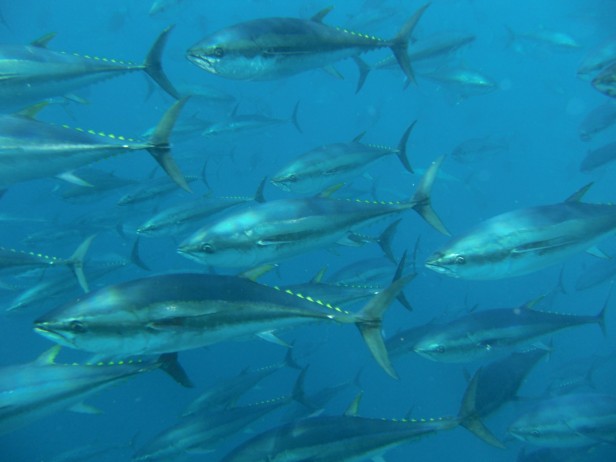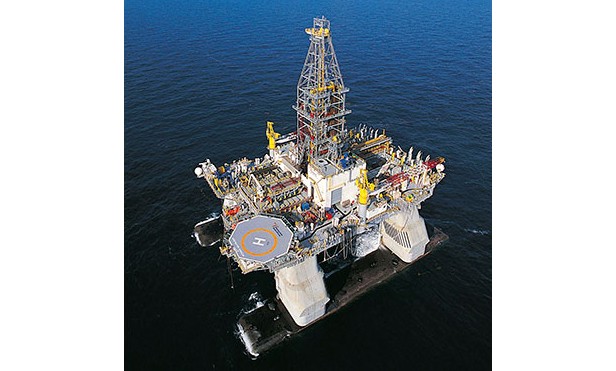 Photo: Transocean
Photo: Transocean
The Deepwater Horizon oil rig, owned by the Houston company Transocean, drilled the deepest oil well in history (35,050 feet) in September 2009 in the Gulf of Mexico. In January, the rig moved to a British Petroleum project 120 miles southeast of New Orleans.
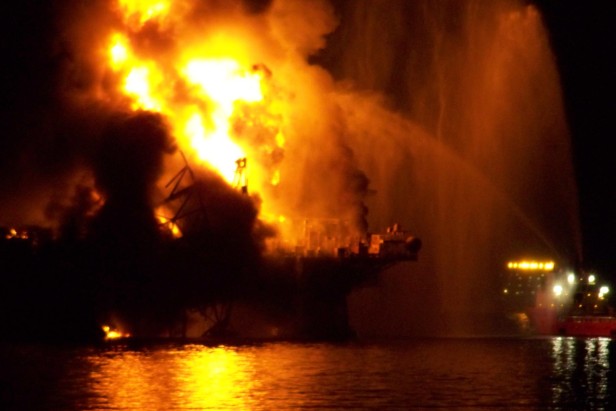 Photo: U.S. Coast Guard
Photo: U.S. Coast Guard
An explosion on the rig April 20 killed 11 workers and injured 17 others. Coast Guard and BP investigators are still searching for the cause.
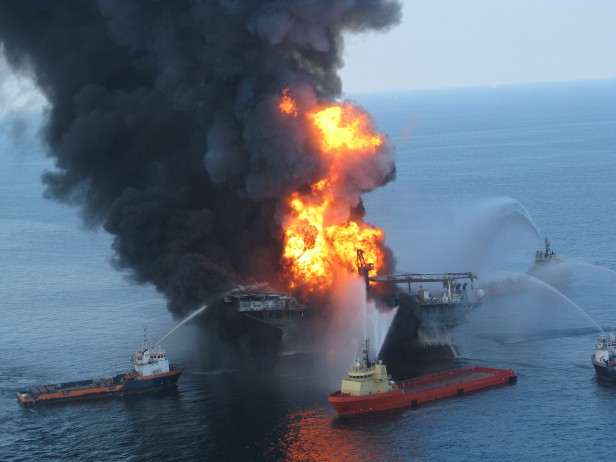 Photo: U.S. Coast Guard
Photo: U.S. Coast Guard
After a prolonged and unsuccessful effort to douse the fire, the remains of the rig sank to the ocean floor 5,000 feet below.
 Photo: U.S. Coast Guard
Photo: U.S. Coast Guard
A Coast Guard response team worked to clean up the surface spill on Earth Day, April 22, only to discover that the oil was leaking from the ocean floor.
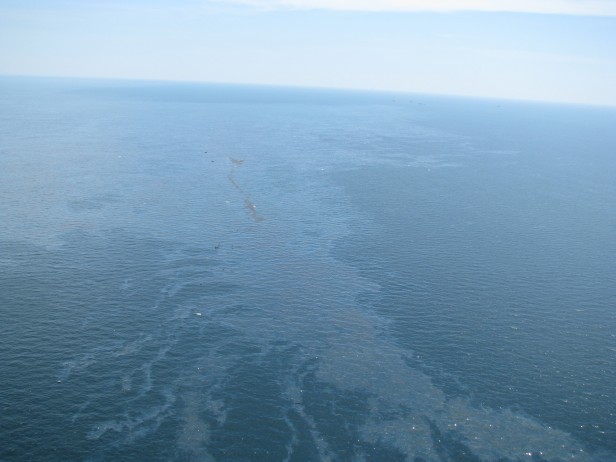 Photo: U.S. Coast Guard
Photo: U.S. Coast Guard
Within days the oil reaching the Gulf’s surface covered an area 600 miles in circumference, larger than Jamaica. On April 28 scientists at the National Oceanic and Atmospheric Administration revised estimates for the amount of oil escaping the well head from 1,000 to 5,000 barrels a day.
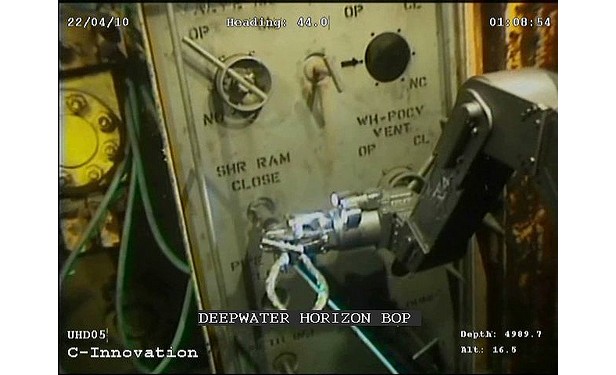 Photo: National Oceanic and Atmospheric Administration
Photo: National Oceanic and Atmospheric Administration
Emergency workers tried to use a remotely operated robot to activate the rig’s blowout preventor — a safety valve that caps the well — but that effort has so far failed.
 Photo: NASA
Photo: NASA
A NASA satellite captured the slick, which is now hovering some 16 miles from the Louisiana coastline. The drifting oil could also reach Florida, Mississippi, and Alabama.
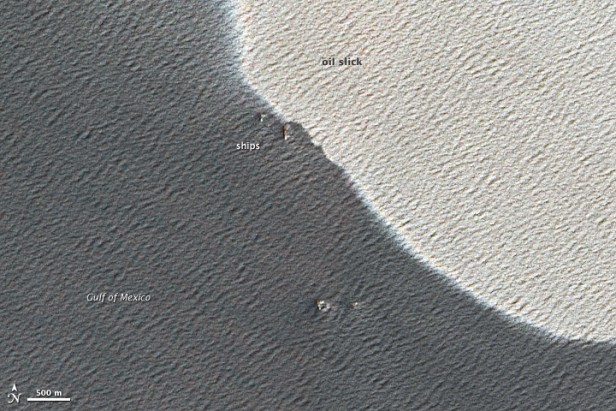 Photo: NASA
Photo: NASA
The spill is now expected to reach the Louisian coast by Friday, April 30. But due to strong winds, patches of oil may foul Louisiana’s Pass-A-Loutre Wildlife Management Area even sooner.
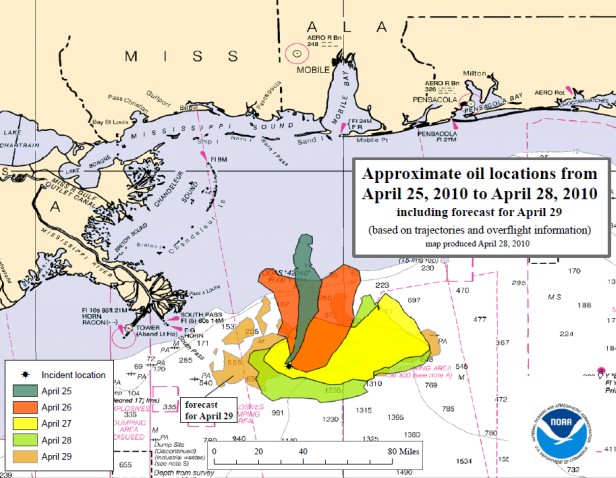 Image: NOAA
Image: NOAA
NOAA is closely tracking the progress of the slick. This map shows how the oil has moved over five days.
 Photo: U.S. Coast Guard
Photo: U.S. Coast Guard
Meanwhile, welders in Port Fourchon, La. worked to build a “recovery system chamber”—an underwater dome that would cap the leak and allow BP to vacuum out the oil. The technique is unproven at the 5,000-foot depth of the leak.
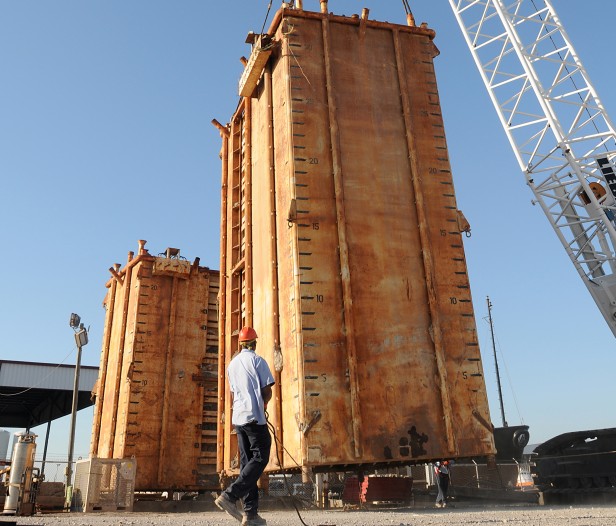 Photo: U.S. Coast Guard
Photo: U.S. Coast Guard
Workers are preparing the base of the dome’s chamber. No dome of this size has ever been attempted.
 Photo: ©Tom Carlisle
Photo: ©Tom Carlisle
The encroaching oil threatens the wintering grounds of many bird species, such as the black-necked stilt and American avocets.
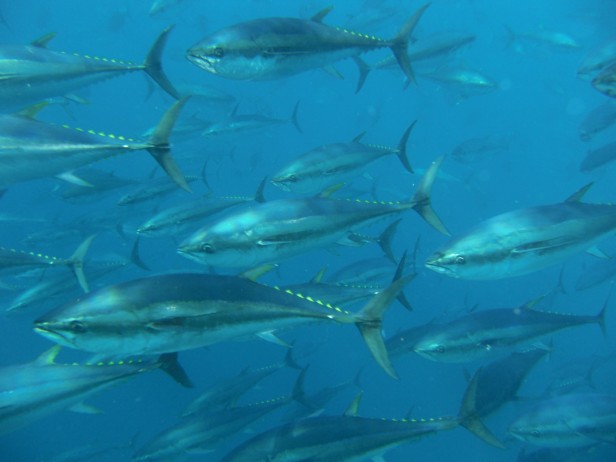 Photo: Tom Puchner via Flickr
Photo: Tom Puchner via Flickr
The Gulf of Mexico is also one the two most important spawning waters for Atlantic bluefin tuna. Spawning season runs from mid-April through June. To find out about other wildlife in danger from the spill check out this graphic from The New York Times.
